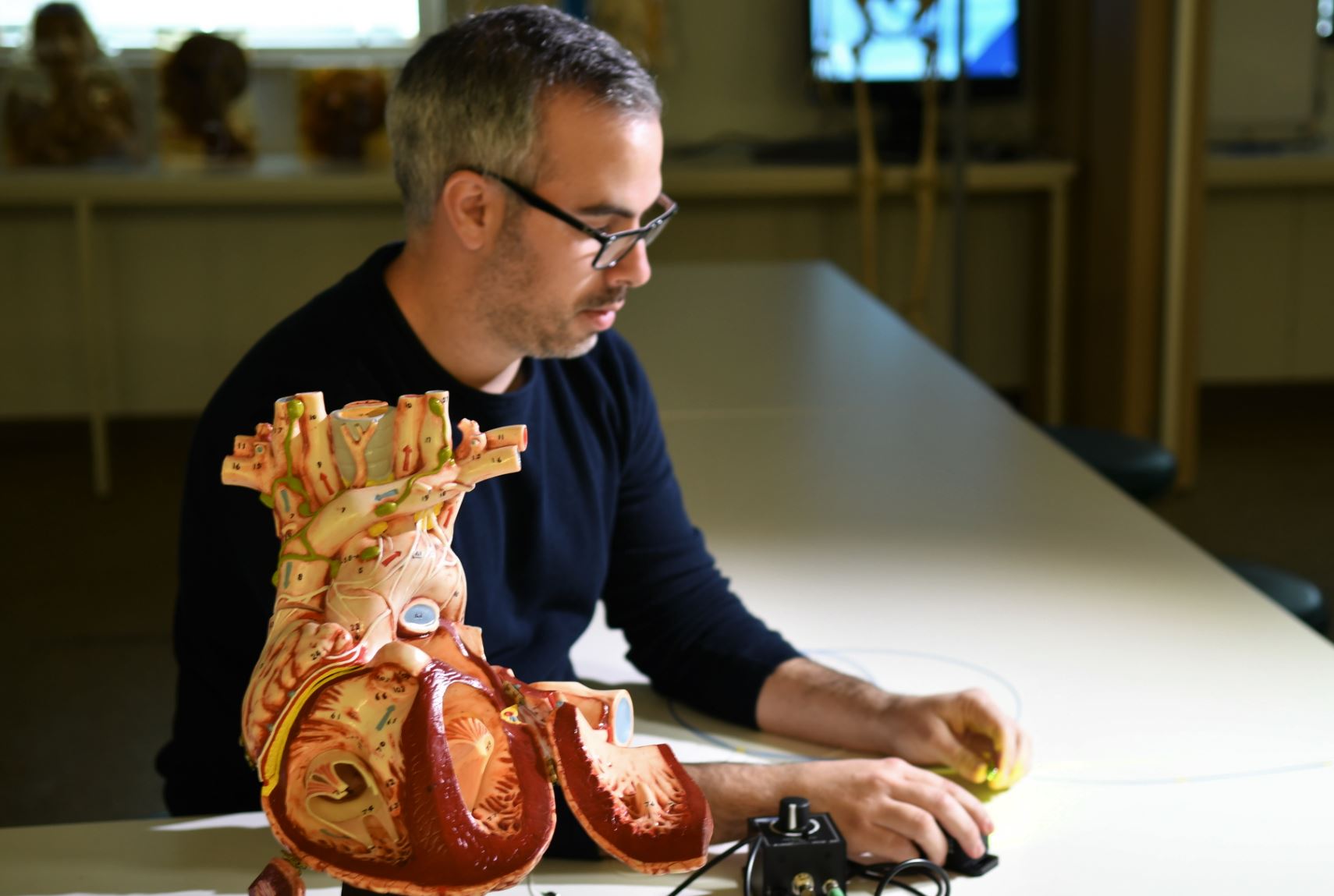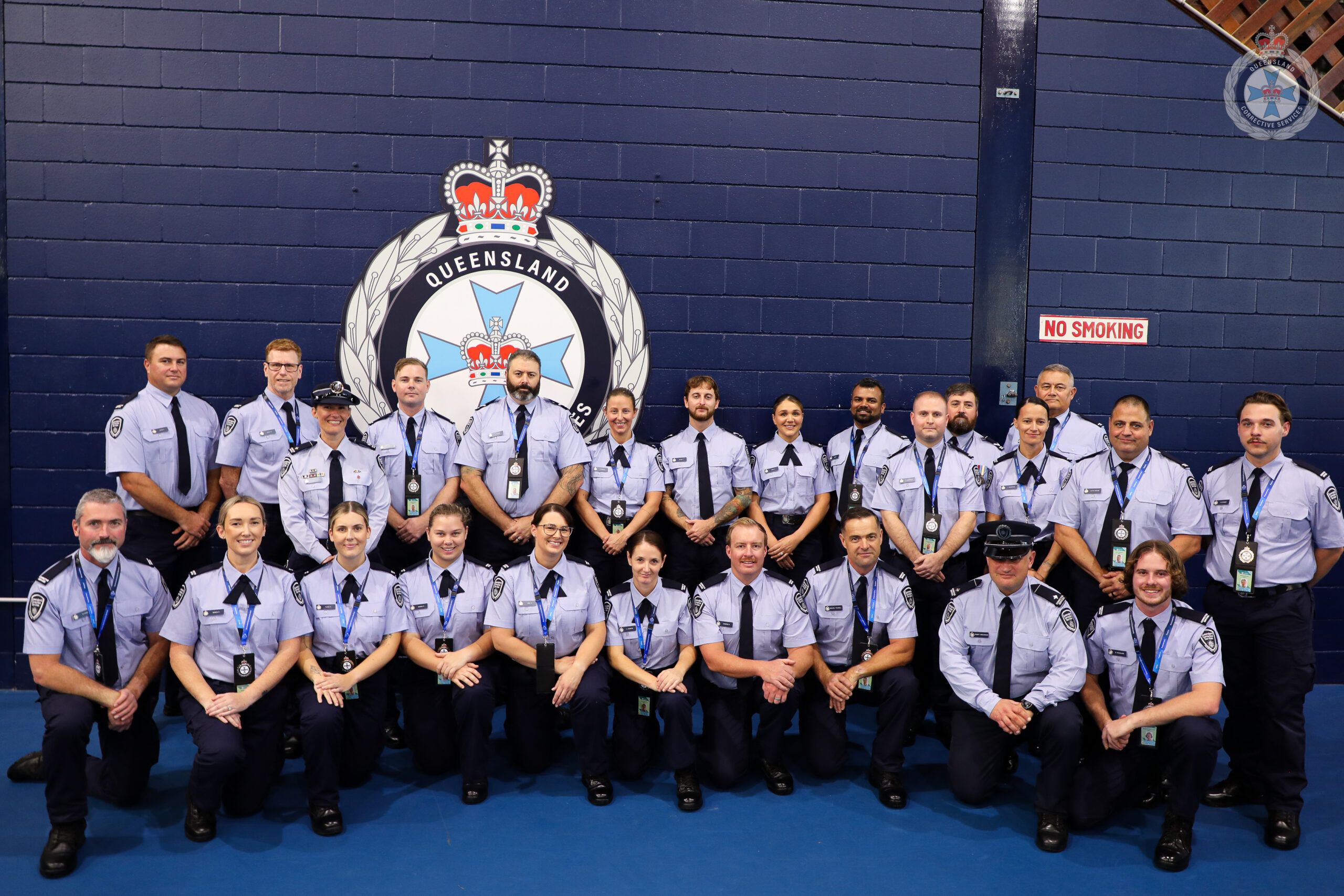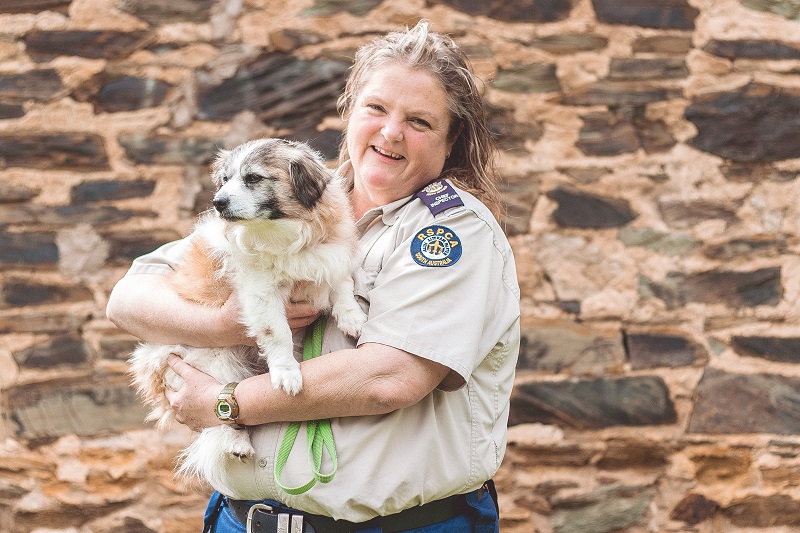
A tiny fibre-optic sensor has the potential to save lives in open heart surgery, and even be used during surgery on pre-term babies.
The new micro-medical device could surpass traditional methods used to monitor blood flow through the aorta during prolonged and often dangerous intensive care and surgical procedures – even in the tiniest of patients.
The continuous cardiac flow monitoring probe, under development at Flinders University, is described as a safe way to give a real-time measurement of blood flow.
“The minimally invasive device is suitable for neonates right through to adults,” says research leader Strategic Professor John Arkwright, an expert in using fibre-optic technologies in medical diagnostics.
Professor Arkwright says the device has the potential to be a game-changer – particularly for very young babies, which are particularly susceptible to sudden drops in blood pressure and oxygen delivery to their vital organs.
“It’s a far more responsive measurement compared to traditional blood flow monitoring – and without life-threatening delays in the period ‘snapshot’ provided by current blood flow practices using ultrasound or thermo-dilution.”
Neonatal expert and co-investigator Dr Scott Morris, from the Flinders Medical Centre Neonatal Unit and Flinders University College of Medicine and Public Health, says the new sensor-catheter device promises to deliver accurate blood flow information in critically ill patients, from pre-term babies to cardiac bypass patients.
“This tiny device, which could even be used in pre-term infants, has the potential to be far superior to the intermittent measure of averaged blood flow delivered by traditional methods which generally only show time averaged flow every 30 minutes or so,” Dr Morris says.








